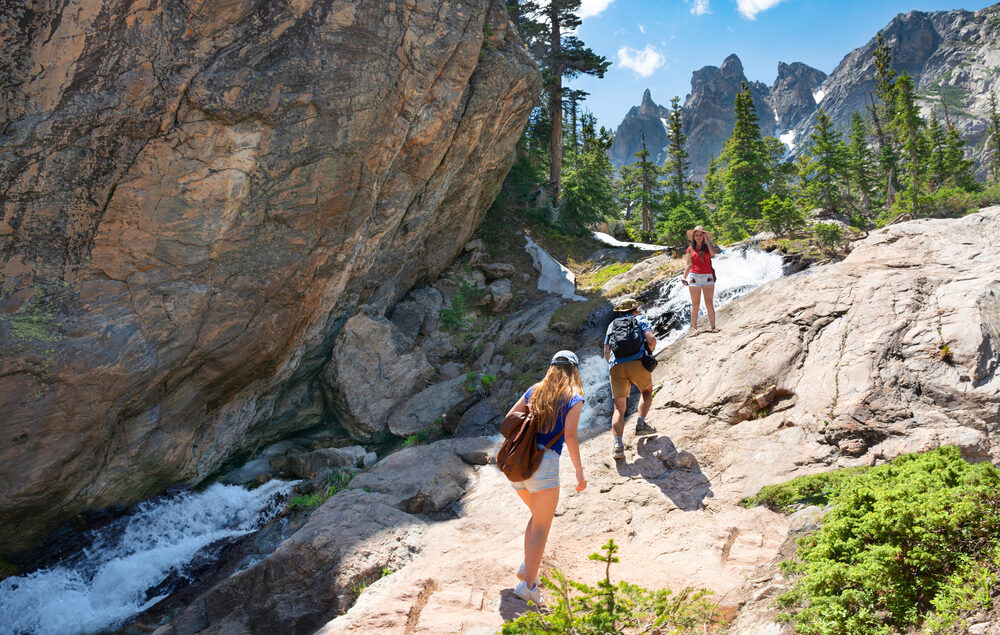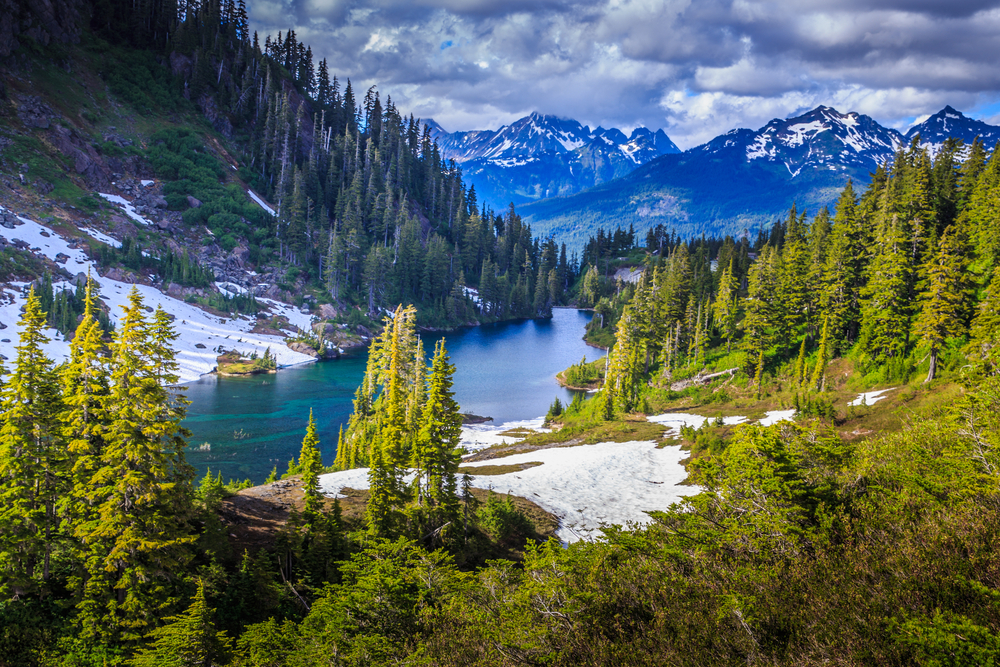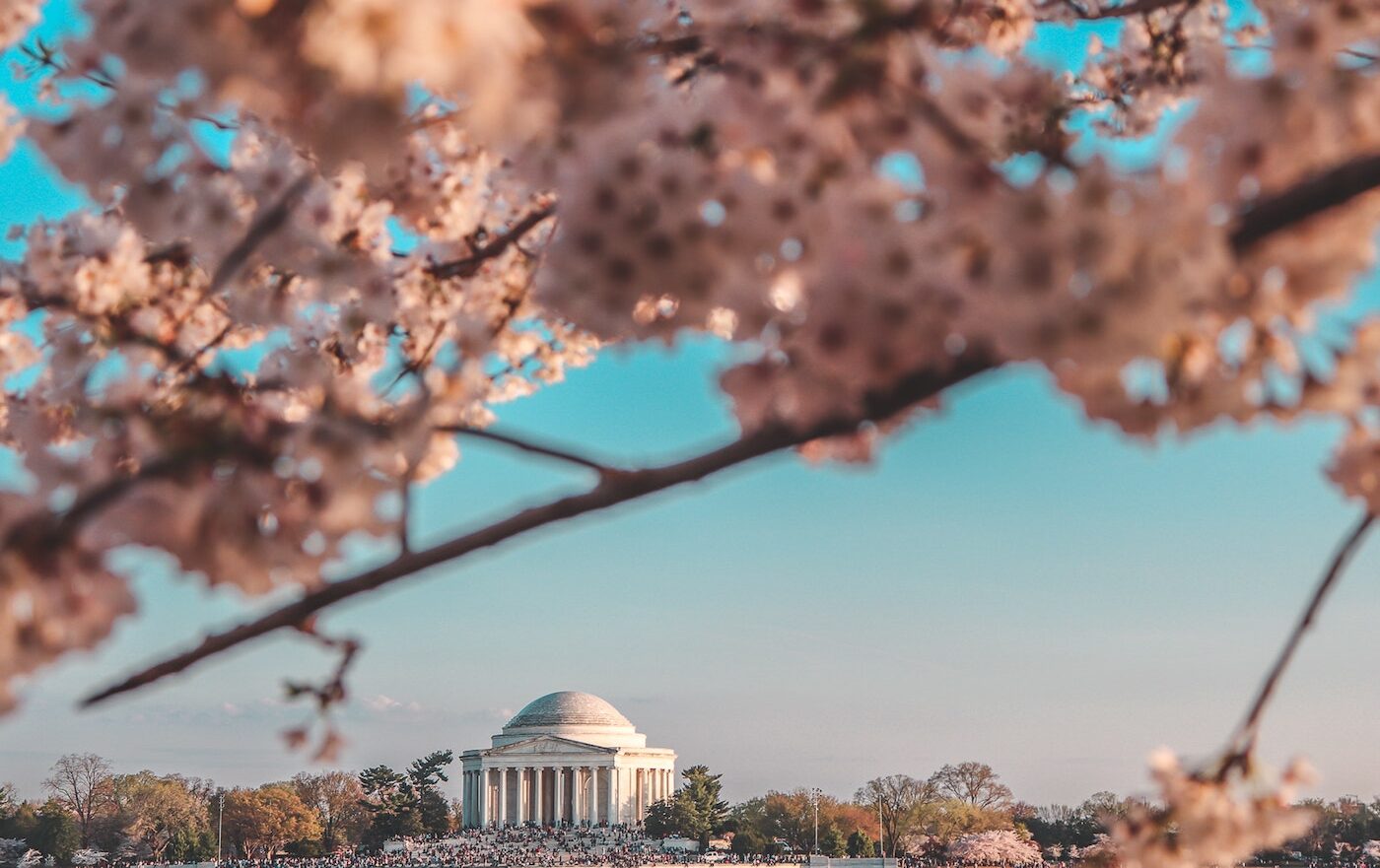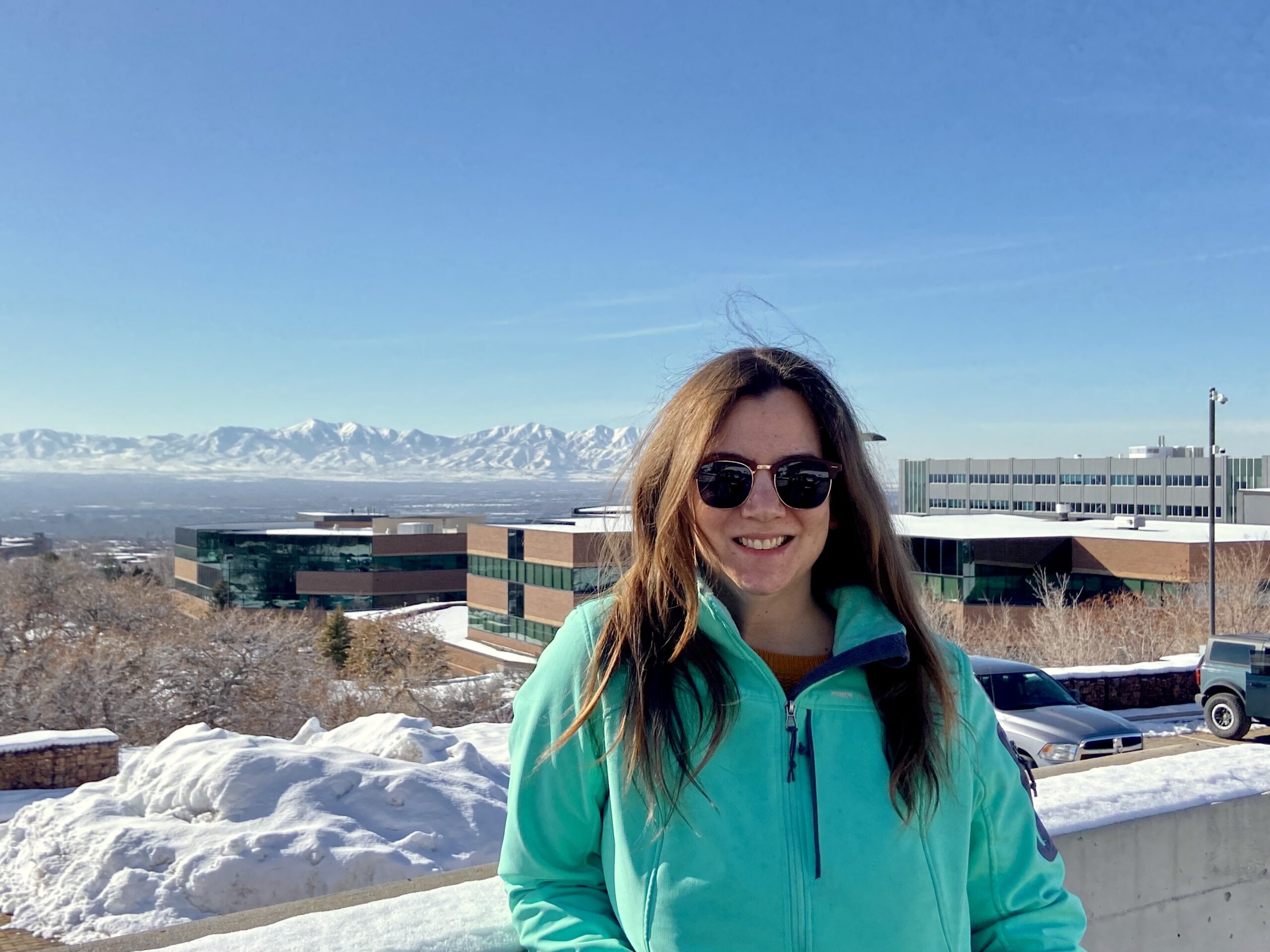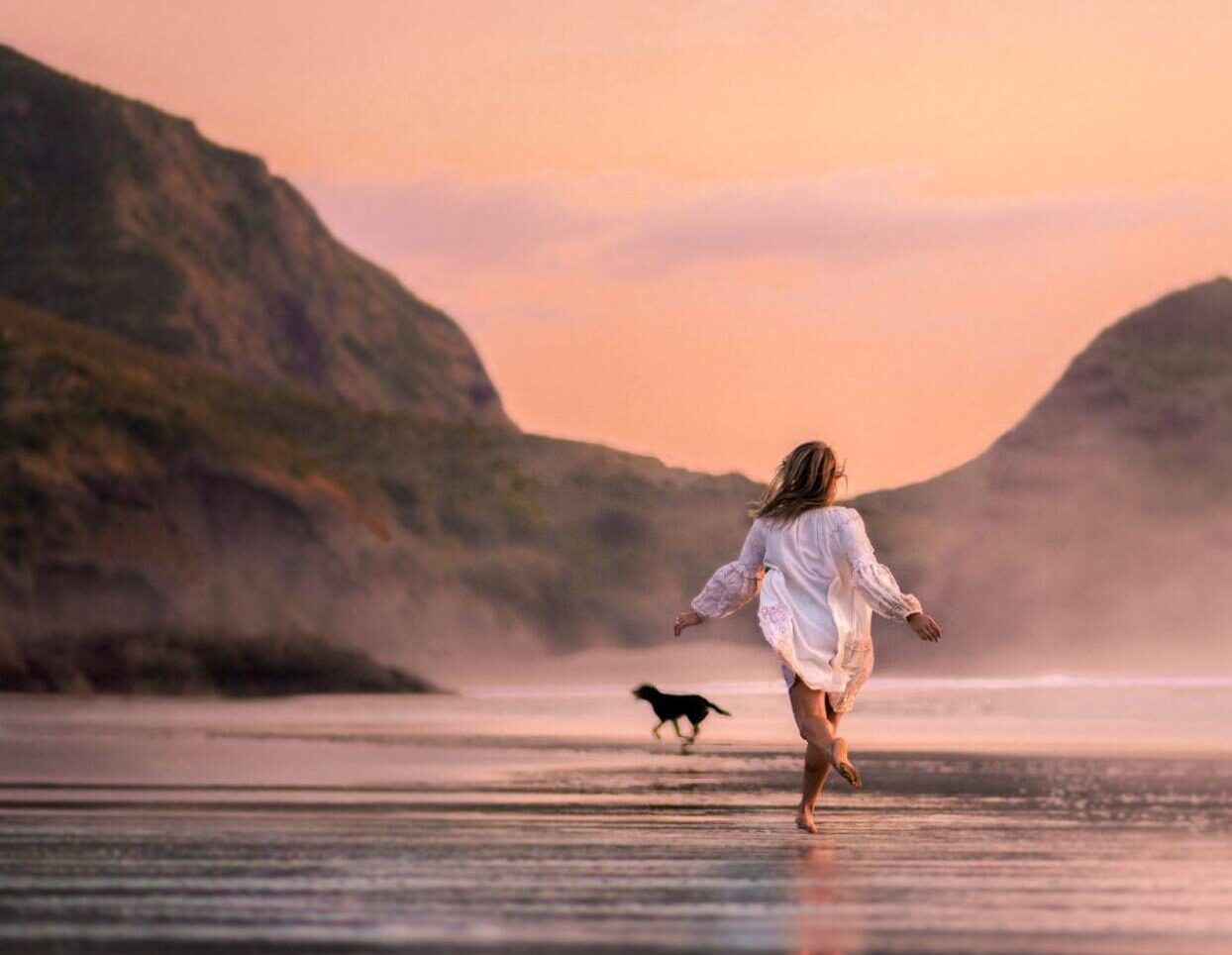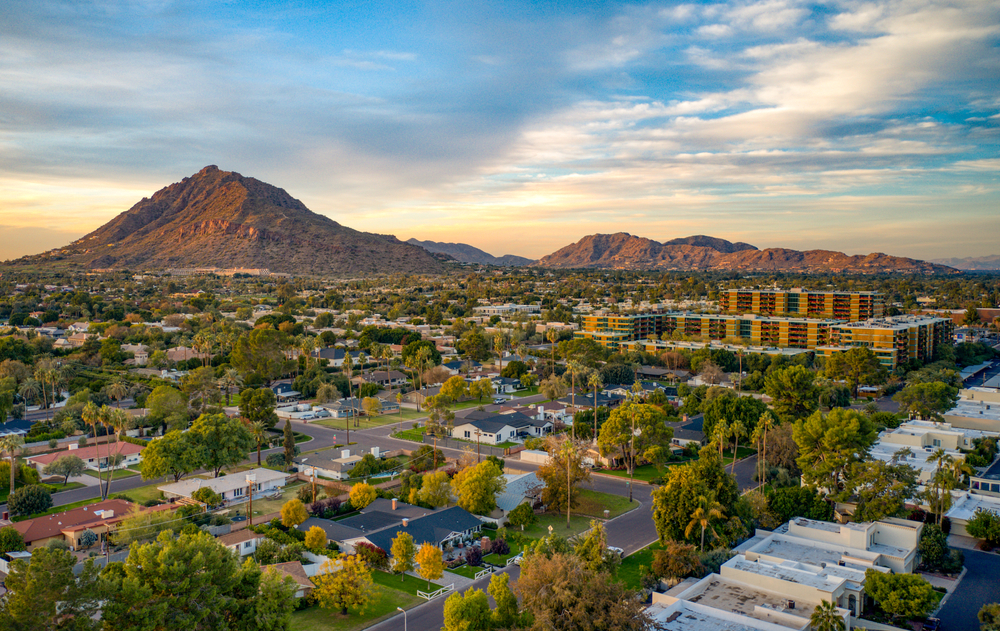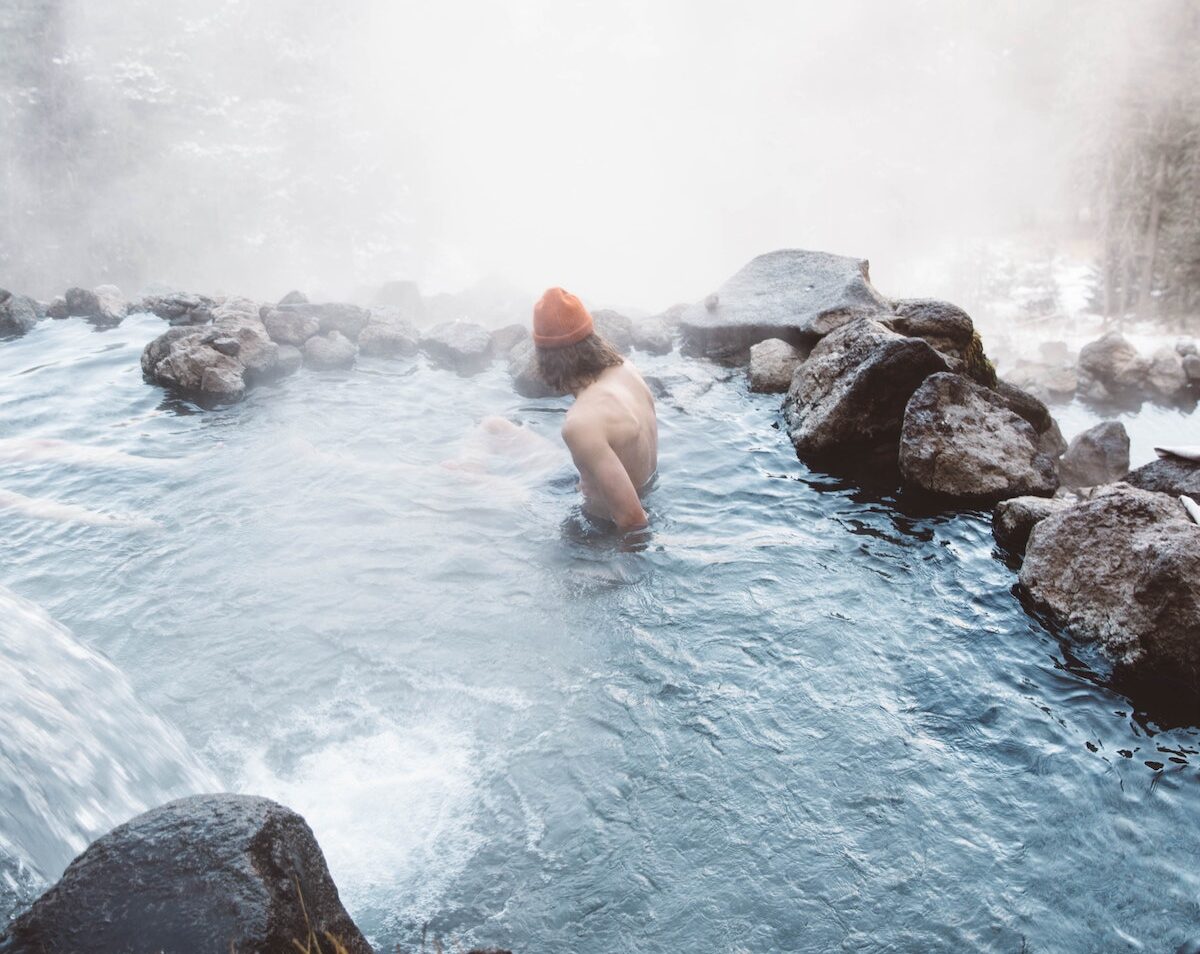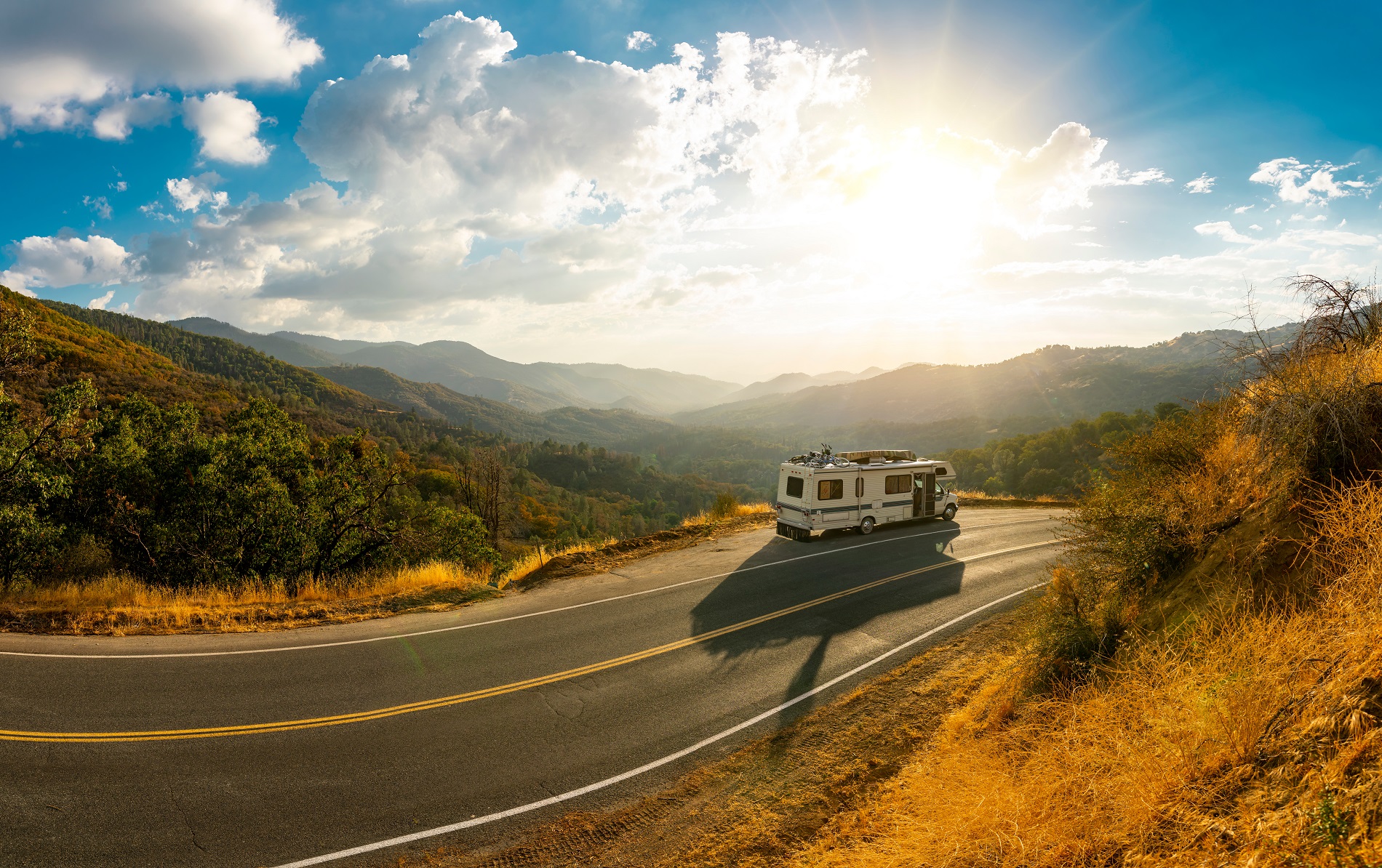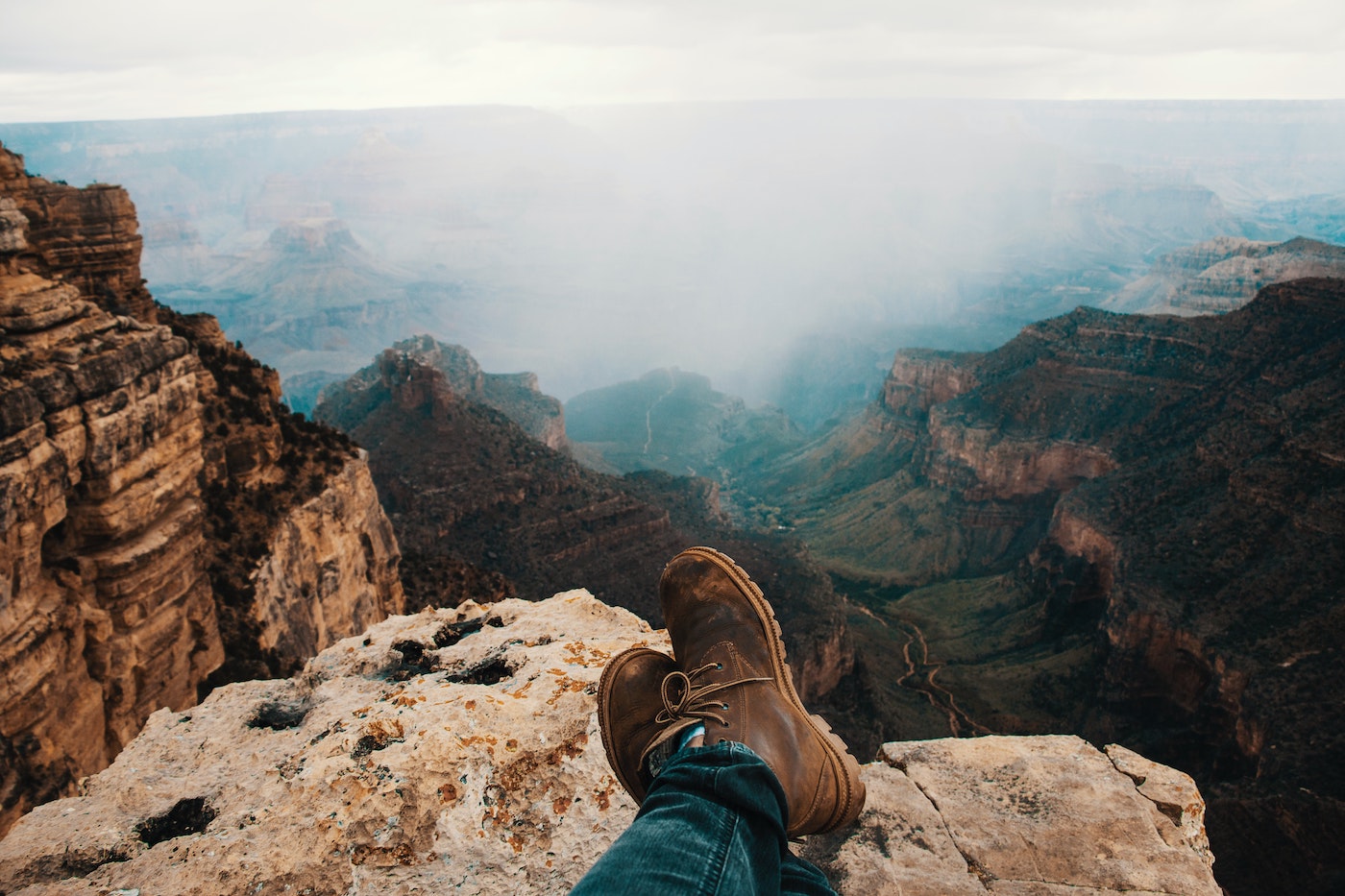
The 10 Best National Parks to Visit in the U.S.
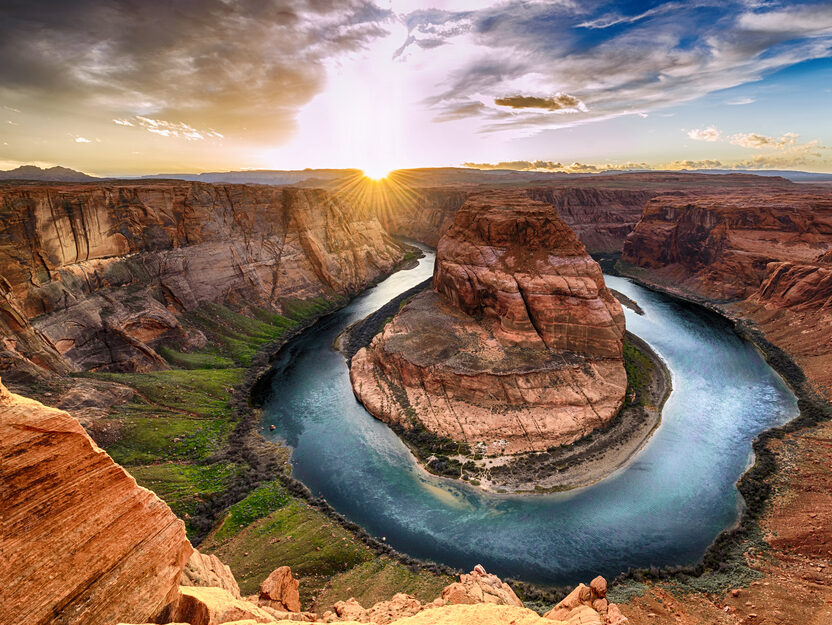
If you work remotely, you can literally work from anywhere you want, including from inside a National Park! So, whether you intend to spend a month working off your own Wi-Fi signal at Yosemite National Park, or you’re heading for a quick weekend trip to Death Valley National Park to escape Wi-Fi altogether, you have the freedom to do so. The best National Parks to visit are open year-round and are located all over the country, so pick your adventure and have at it!
Whether you’re planning one epic trip to a single park or want to park-hop for several weeks (or months!), here are some of the best National Parks in the U.S. to explore:
1. Acadia National Park
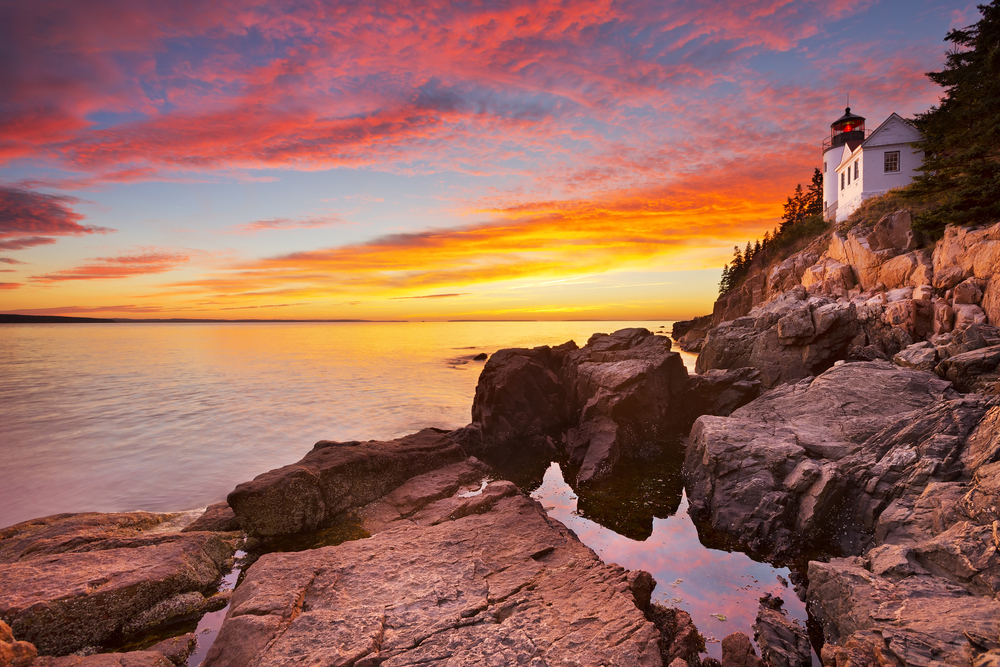
Let’s just say that there’s no bad time to visit Acadia National Park. Maine is known for its fabulous fall foliage, making autumn an especially scenic time to visit, but every season has its own appeal. Springtime visitors will be treated to wildflowers, summer visitors will find the cool water and ocean breeze to be a refreshing contrast to the heat and humidity, and winter visitors will enjoy a winter wonderland with far fewer park-goers.
Snap photos of Acadia National Park’s iconic lighthouses, hike through densely wooded trails, and ride a bike (or even a horse!) along the park’s 45 miles of rustic carriage roads, which were a gift from the John D. Rockefeller family.
2. Glacier National Park
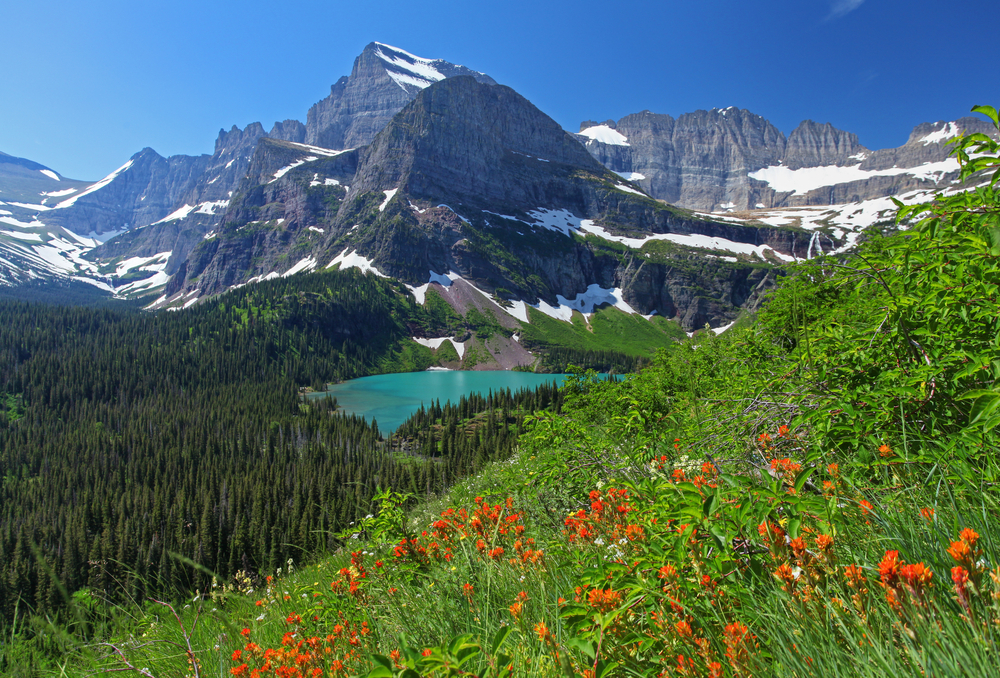
Glacier National Park is one of the most-visited National Parks in the country, and for good reason. The unique, glacier-carved landscape literally looks like the front of a postcard.
If you want to escape the crowds and overrun parking lots, plan your visit during the shoulder season in mid-May. While there will be snow on the ground on some trails and part of the Going-to-the-Sun Road will still be closed, there’s still plenty to see. Avalanche Lake is conveniently located right near the main entrance to the park, and Bowman Lake is located in the lesser-visited northern part of Glacier National Park. If you head even further north, you’ll run into Canada’s Waterton Lakes National Park, the other half of the Waterton-Glacier International Peace Park.
3. Grand Teton National Park
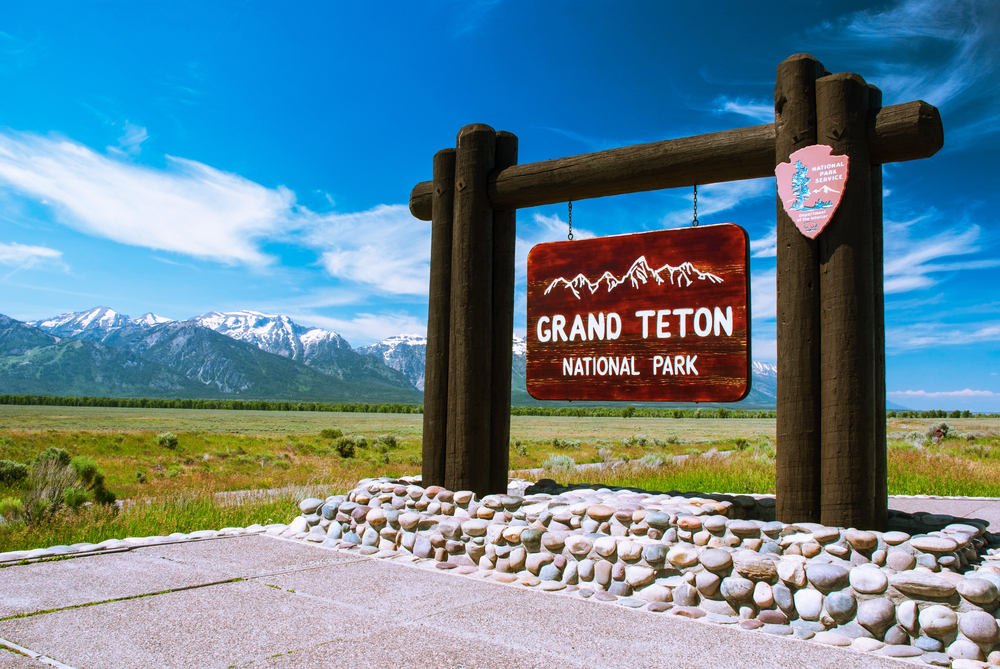
Rocky Mountain National Park isn’t the only place to enjoy the Rockies! Technically, you can get a great view of the Tetons from the road running from Jackson Hole to Yellowstone, but to really take in the entirety of this section of the Rocky Mountains, you’ll need to spend a few days in this snow-capped paradise.
Grand Teton National Park hotspots like Jenny Lake and Taggart Lake can get especially crowded come late morning, so for a quieter experience, hit the trails early or visit during off-peak months, like April through mid-May. Not only is bear-viewing a must-do activity in Grand Teton National Park (crowds of parked cars are usually an indication of a bear spotting), but you can also see elk and big-horned sheep at the nearby National Elk Refuge.
4. Denali National Park
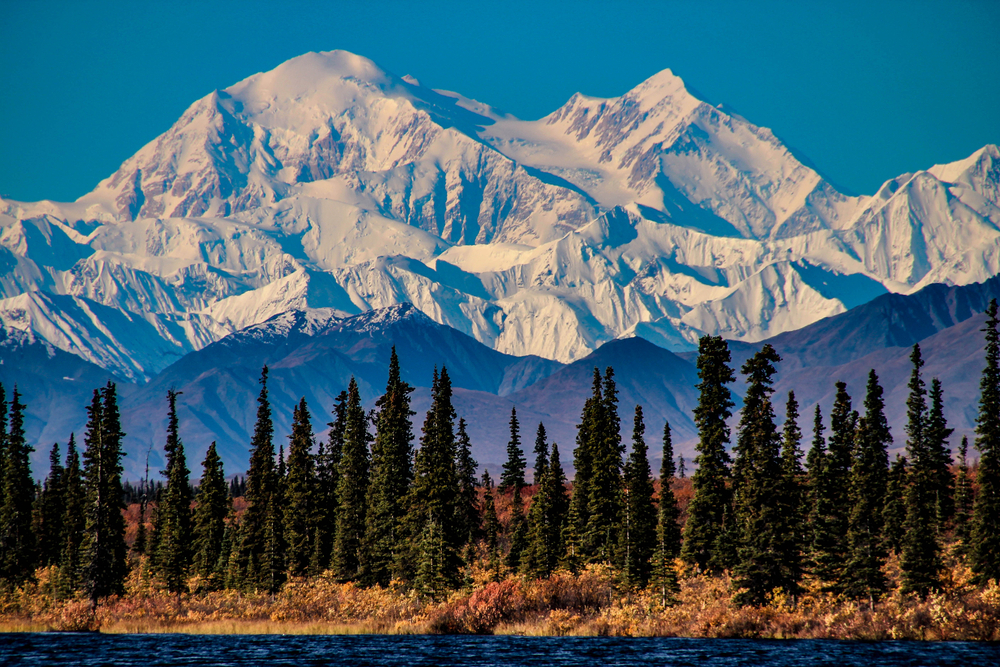
Given that Denali National Park is one of the largest National Parks in North America, it’s no surprise that most visitors only see a very small portion of its 6 million acres. Visitors who drive themselves into Denali National Park can only access the first 15 miles of the road, and those riding on park-operated buses turn around after 60 miles. Even if you only visit this part of the park, there’s still a good chance you’ll spot moose, caribou, and Dall sheep along the way.
If you want to reach the end of the tourist road at Mile 92, you’ll need to stay overnight in a park lodge or join the narrated Denali Backcountry Adventure full-day bus tour.
5. Arches National Park
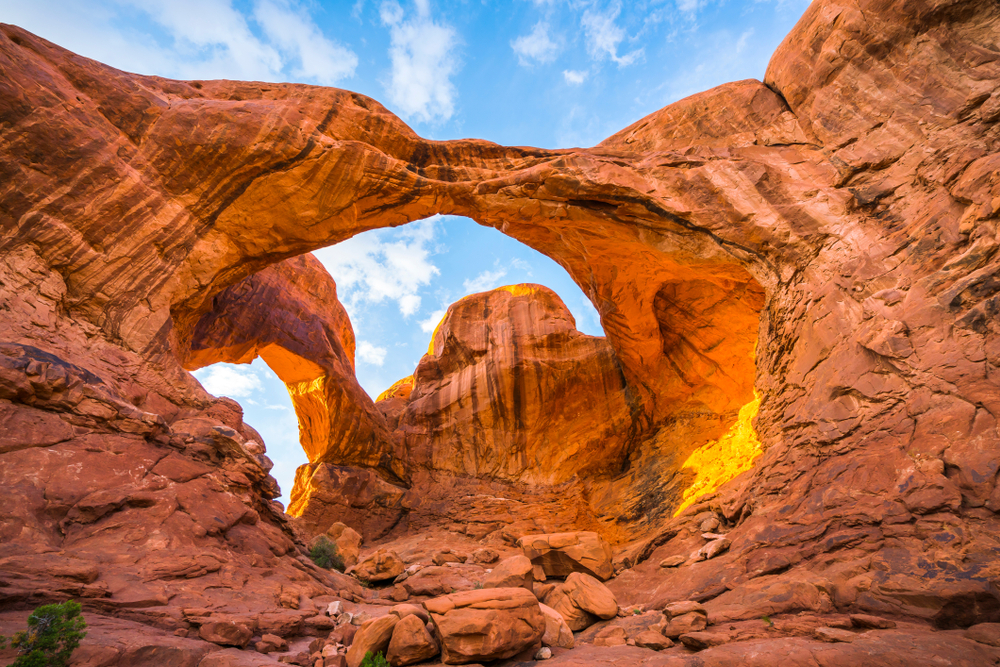
The aptly named Arches National Park just might take your breath away. Think wide-open spaces, white sand stretching as far as the eyes can see, over 2,000 natural stone arches, and hundreds of towering rock pinnacles. If you plan to hike in the summer, be sure to bring extra water with you, since the temperature in Arches National Park often soars over 100 degrees and there are no water fountains in the desert.
Even if hiking isn’t your thing—or if you’re simply tuckered out from a 10-mile trek but still want to soak in some scenery—head to the Windows section of the park for some stunning sunsets. If you have a few more days (or even a few extra hours) to spare, Canyonlands National Park is right next door and Rocky Mountain National Park is just across state lines in neighboring Colorado. This part of the country is a great place to base yourself if you plan on hopping around from park to park.
6. Zion National Park
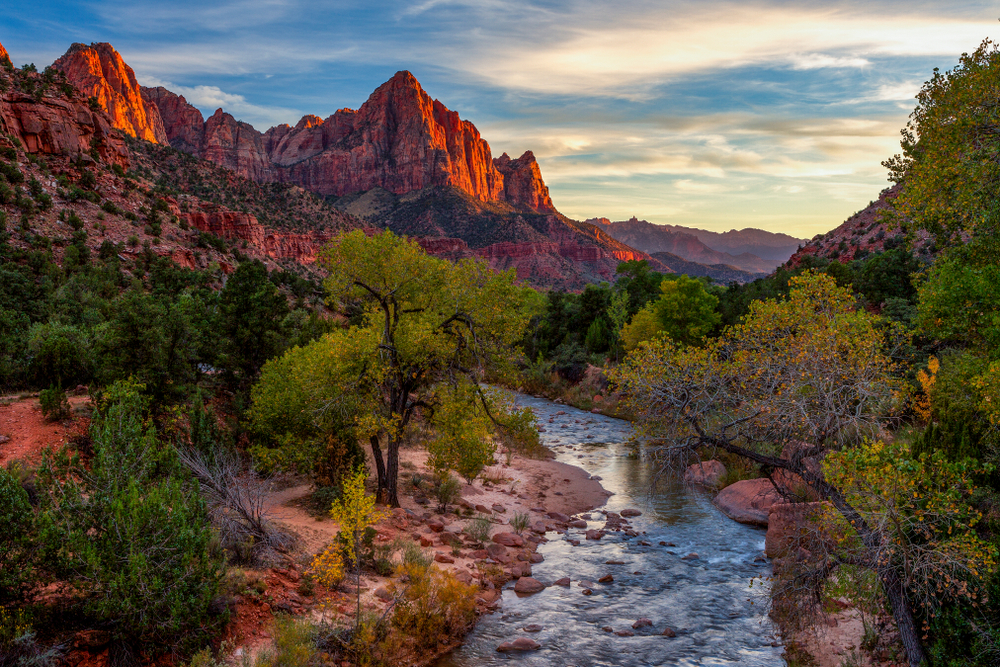
If you’re anywhere near Utah—or anywhere near the western half of the United States, for that matter—Zion National Park is a must-visit destination. Known for its reddish Navajo sandstone, creamy pink cliffs, and umber-colored canyons, Zion National Park is perfect for hiking, camping, canyon scrambling, and stargazing. Whatever your interests are, you’re guaranteed to have a good time.
Head out to explore on your own, or join a ranger-guided tour to learn more about the park’s unique history and geography. Also note that Bryce Canyon National Park is only about a 90-minute drive away, so consider tacking a few more days onto your adventure to be able to explore both.
7. Grand Canyon National Park
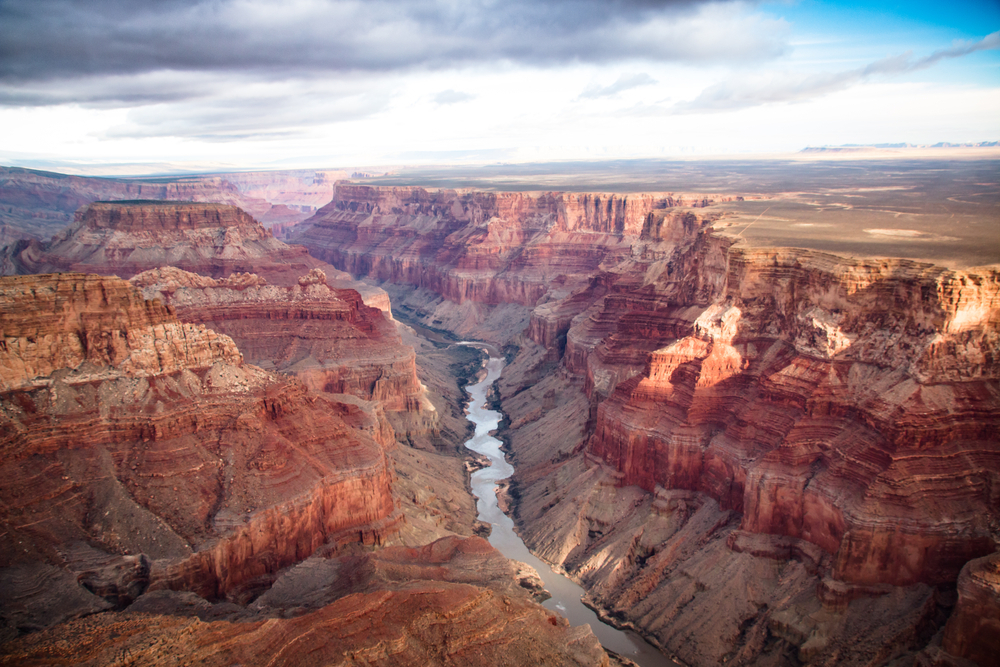
Not only is Grand Canyon National Park notably unique in terms of its natural landscape, but it’s also unique in terms of how that landscape can be explored. Join ranger-led talks along the top of the canyon, hike down into the canyon yourself, or whitewater raft down the mighty Colorado River. Private paddling permits are extremely hard to come by, but if you’re eager to get out on the water, commercial trips offer both paddling and motorized trip options so you can choose from a very active, adrenaline-pumping trip or a more laid-back ride where you can relax and let the motor do the work.
Thinking about working in a few other National Parks while you’re in the Southwest? Joshua Tree National Park is a six-hour drive west, and all of the National Parks in Colorado are a half-day’s drive to the north.
8. Yellowstone National Park
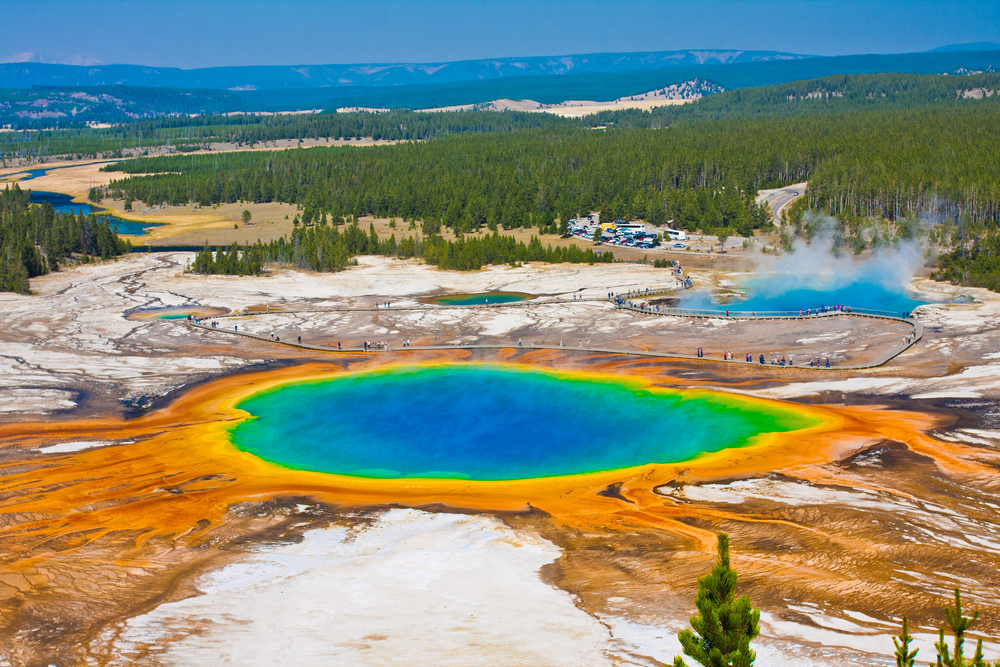
Yellowstone National Park may be massive, but it’s also one of the most accessible and easy-to-explore parks in the country. While backcountry hiking and camping are available, much of the park’s natural beauty—from its canyons and valleys to its world-famous geysers—is easily accessed through a scenic drive around the park. Many of these sites are located just steps from the parking lot, so you can do as little or as much walking as you’d like.
As one of the most-visited National Parks in the U.S., Yellowstone’s crowds can be brutal during peak summer months, so spring and fall visits will still give you access to most of the park without the massive crowds.
9. Great Smoky Mountain National Park
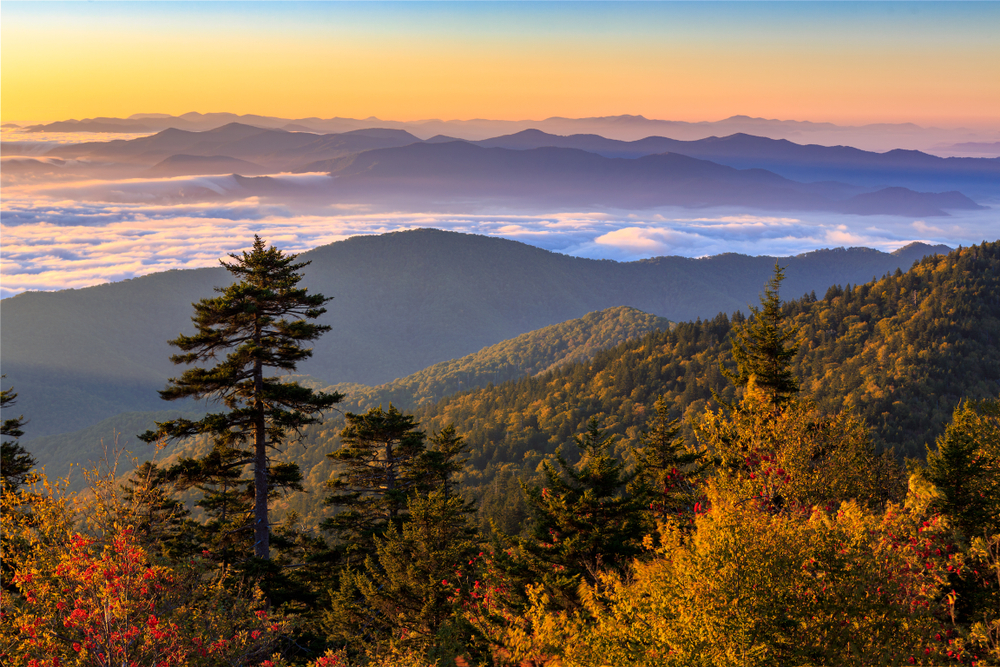
Consistently ranked as the most-visited National Park in the country, Great Smoky Mountain National Park has good reason to be so popular. Not only is this park within a day’s drive from much of the South, Midwest, and East Coast, but this stunningly beautiful park is also renowned for its ancient mountains, scenic drives, picturesque waterfalls, and preservation of Southern Appalachian mountain culture.
Great Smoky Mountain National Park straddles the border between North Carolina and Tennessee, and its location means that winters tend to be less aggressive than those in northern parks. If you’re not a fan of snow, head to the park during warm-weather months, and avoid the crowds by planning your visit in the spring or foliage-rich early autumn.
10. Olympic National Park
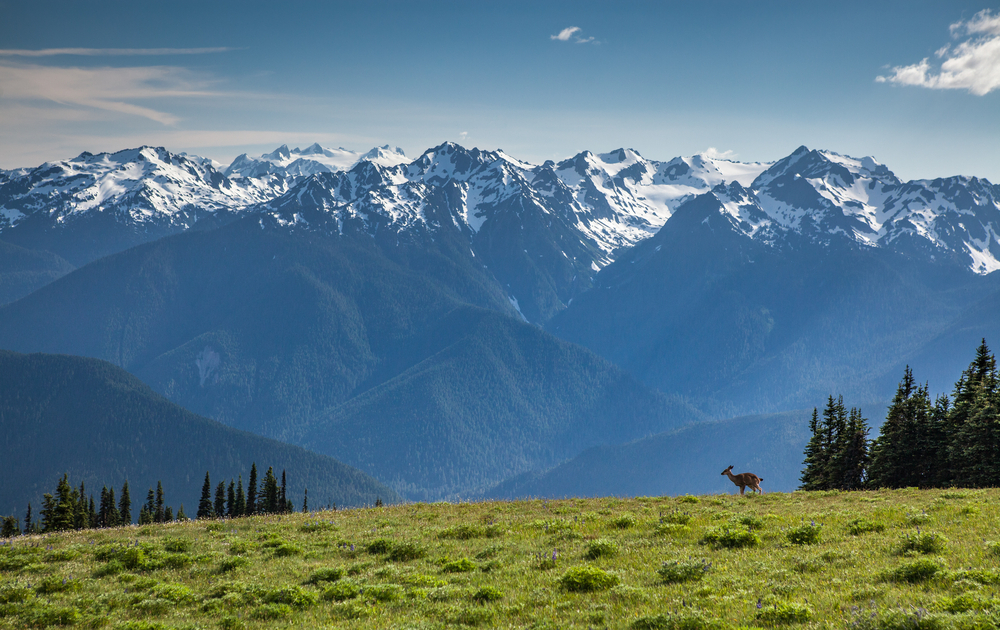
Washington’s crown jewel, the sub-alpine Olympic National Park, features nearly a million acres of glacier-capped mountains, Pacific coastline, and temperate rainforest to explore. From wilderness hiking and backcountry backpacking to boating and stargazing, you’ll find something to do here every single month of the year. Come winter, you can explore the park on cross-country skis or snowshoes, but do pay attention to the forecast to avoid visiting during a blizzard.
To give a bit back to Mother Nature, you can also join one of the coastal cleanups that take place each spring and fall in Olympic National Park. Travelers looking to pack in a few more parks in Washington should add Mount Rainier National Park and North Cascades National Park to their agenda, as both are only a few hours away.
Pro tip: Visit U.S. National Parks with a National Parks Annual Pass
If you plan to visit multiple National Parks (which we highly recommend doing), you’ll save a few bucks by getting a National Parks Annual Pass. Also consider that because many of the country’s most spectacular National Parks are also located relatively nearby to each other, you can easily explore several during one extended visit. If you base yourself in a park-dense state like California, Yosemite National Park and Joshua Tree National Park are within a half day’s drive from each other. In Colorado, Rocky Mountain National Park, Bryce Canyon National Park, and Black Canyon of the Gunnison National Park are also all within a half-day drive from each other.
Live near the best National Parks with Landing
If you’re looking to explore some of the most gorgeous National Parks in the country, you may want the flexibility of having a home base in different states. Landing offers fully furnished apartments in over 375 cities throughout the U.S., along with flexible lease terms that make it easy to try out a new city, then move on when you’re itching to go somewhere else!
With Landing’s network of fully furnished apartments, you can find an amazing place to stay no matter where your National Park adventures take you! Learn more about becoming a Landing member today.
Looking for hiking inspiration? Check out our blog post, “The 15 Best Hiking Trails in the U.S. to Check Off Your Bucket List.”
